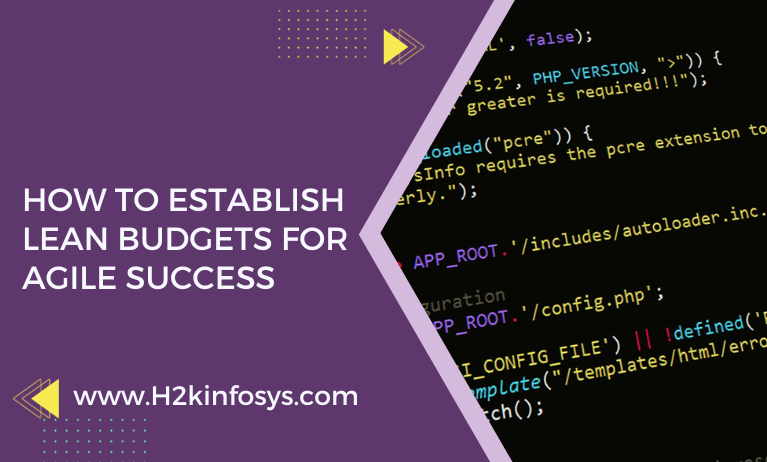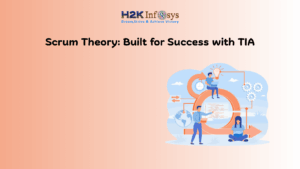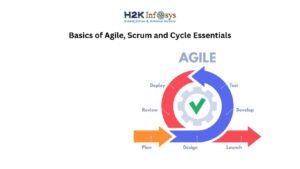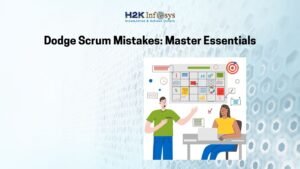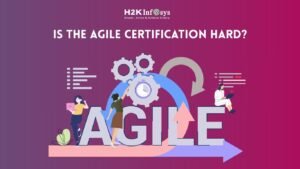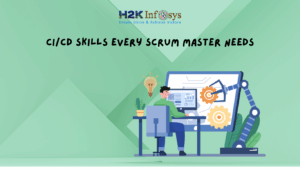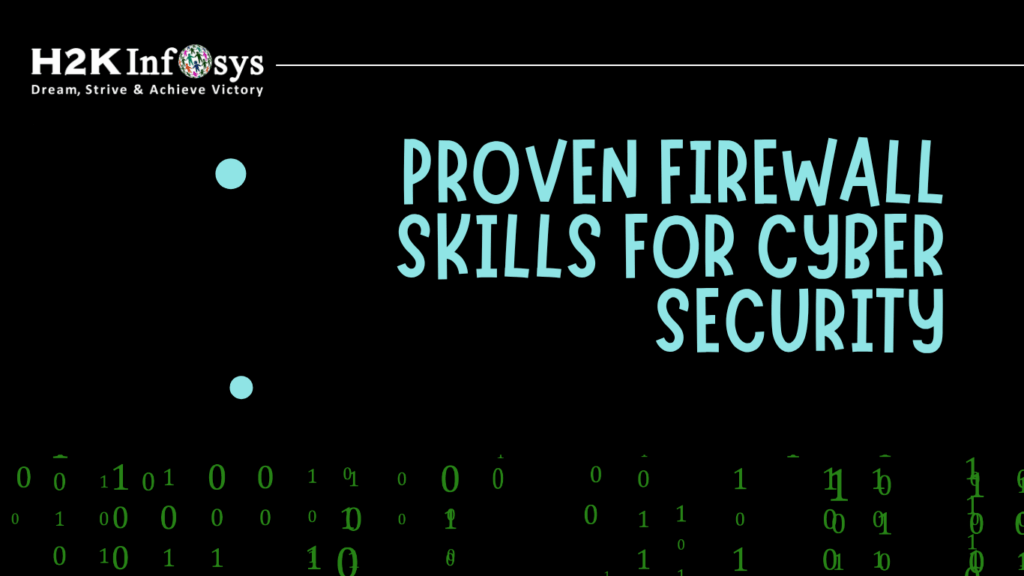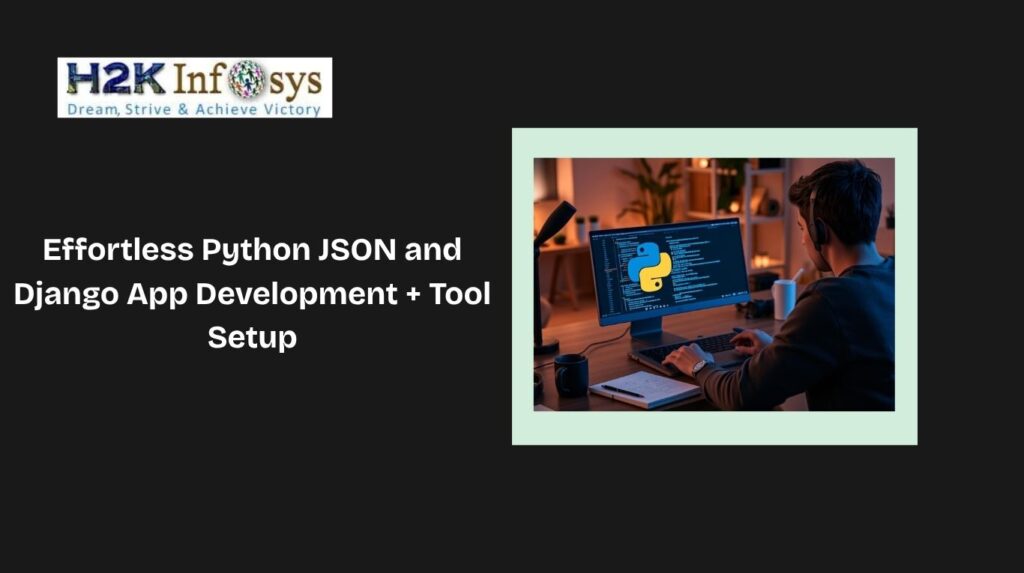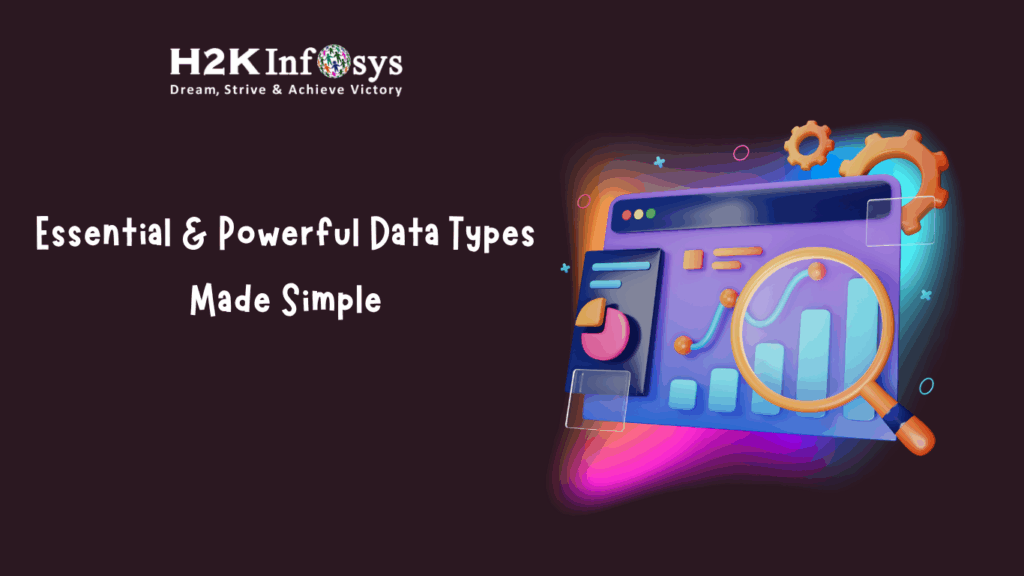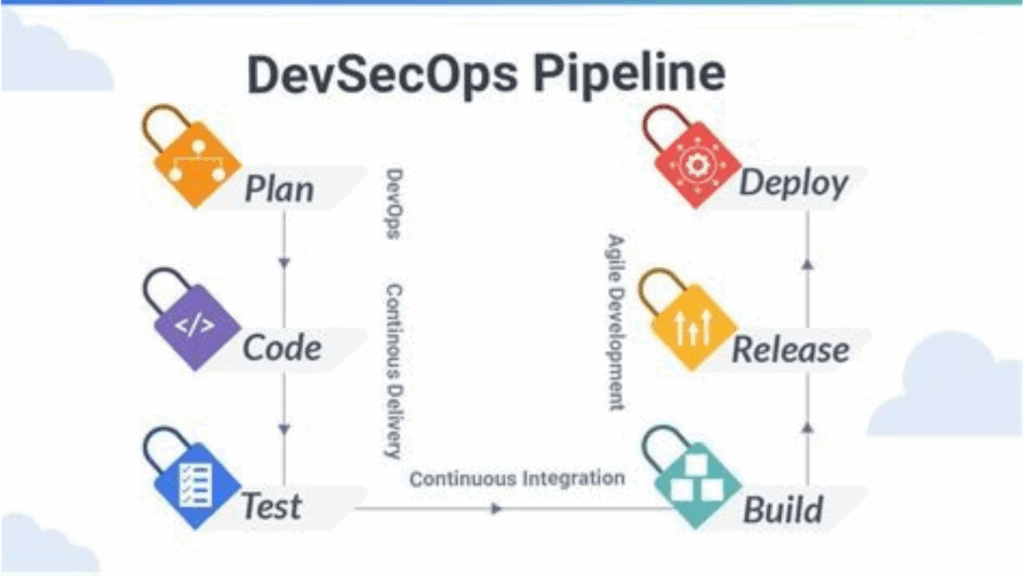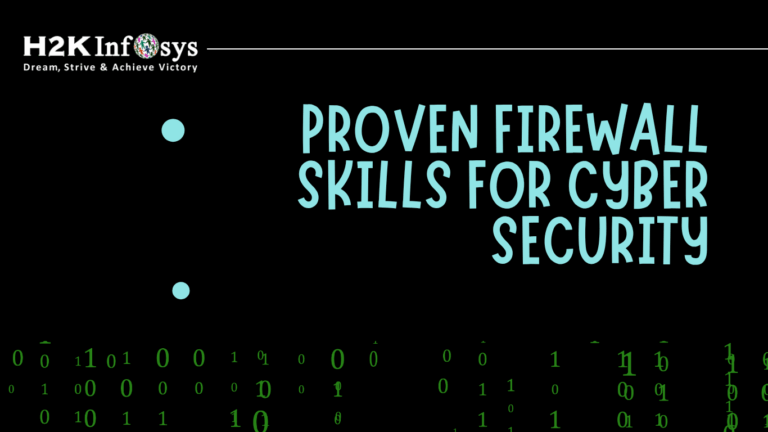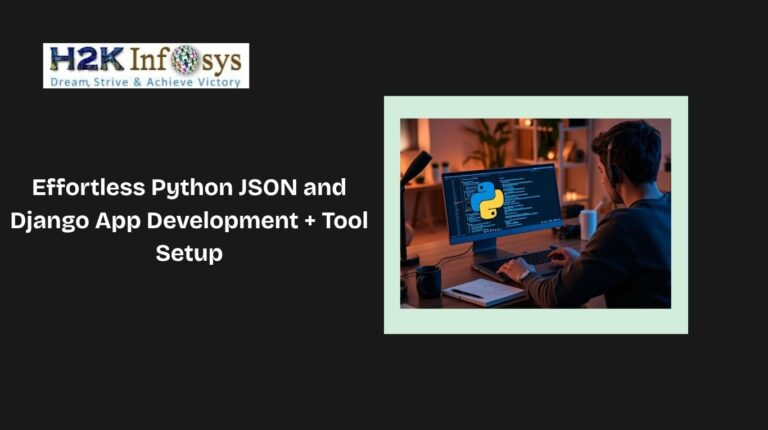A distinct method is utilised in lean budgeting, which emphasises team empowerment, decentralised decision-making, and quick value delivery. Continue reading to discover how to create Lean budgets that support Agile success by moving beyond conventional budgeting.
Scaled Agile Inc. has registered SAFe® and Scaled Agile Framework® as trademarks. Check out the SAFe Agile training to learn more.
Problem of the Traditional budgeting Agile methods
Traditional project portfolio management techniques, which lead to bottlenecks, are used by many firms. The following are a few of the most typical problems:
- Project-based cost accounting: Conventional project cost accounting necessitates routine personnel transfers and budget adjustments. Both flexibility and waste are hampered.
- Functional silos: Individuals working in functional silos find it difficult to provide end-to-end value. The flow is hampered by handoffs and uneven priorities between departments.
- Overly detailed business cases: Demanding extensive, upfront business justifications causes funding delays and requires large-scale work initiatives. This prevents iterative value delivery.
- Phase gates for waterfalls: Financing is gated based on completing waterfall-style phases since this improves use rather than flow. Teams are unable to quickly change course in reaction to input.
Lean budgeting Adoption
Lean budgeting involves a mindset change aimed at equipping teams to provide the greatest value. Rethinking several fundamental procedures is necessary to adopt Lean budgeting:
- Don’t fund projects, but value streams
- Instead of forming transient project teams, structure long-lasting Agile teams around providing value for a value stream.
- Instead of funding teams on a project-by-project basis, give them a budget to cover capacity throughout time.
- As teams gain knowledge and the situation changes, let them dynamically reorder tasks within their budget.
- Decentralise financing decisions and have faith in teams to use resources wisely to achieve goals.
- Adequate in upfront planning
- Avoid making extensive advance plans and estimates.
Just enough planning is required to secure commitment for the upcoming learning and feedback phase.
- Utilise rolling wave planning to offer visibility two to three months out.
- On the basis of feedback, replan often in smaller batches.
- Economic prioritisation
- Teams should be instructed in economic reasoning and prioritisation methods like Cost of Delay.
- Enable teams to decide what will be most valuable based on data-driven tradeoffs.
- Throw out the sunk cost bias. When the economics indicate it makes sense.
- Inclusive portfolio budgeting
- Budgets for portfolios can be transparently distributed through participatory budgeting sessions.
Be sure to involve a variety of stakeholders and encourage inclusive decision-making.
- Make the financial requirements and boundaries clear.
- Make funding justifications and budgetary spending transparent.
- Visualise the flow
- To identify dependencies and bottlenecks, use Kanban, Cumulative Flow Diagrams, and other visual tools.
Find waste in the end-to-end value flow by identifying wait states, handoffs, and other locations.
- Fix the underlying issues rather than just expediting to increase throughput.
By putting these Lean budgeting techniques into practice, you may eliminate friction and move financing decisions closer to the teams responsible for providing value. This encourages flexibility and quicker feedback.
Seeing the Investment Horizons
With regard to allocating funds to Solutions over various timeframes, the SAFe Investment Horizon model offers a portfolio approach. This balances investments made for the long run and the immediate term.
Horizon 3: Evaluation (3-5 years)
This phase invests in tests and prototypes to test novel concepts that might spur growth in the future:
- To find prospective opportunities for new products or regions, conduct market research.
- Create minimum viable products (MVPs) to test usability and demand with a small group of early adopters.
- Run design sprints or crowdsourcing initiatives to get consumer feedback on new features or technology.
- Start tiny pilot ventures to test new alliances, company plans, or marketing strategies.
Horizon 2: Emerging (1-2 years)
The most promising Horizon 3 concepts are brought closer to ready during this phase:
- Expand the beta testing of effective MVPs to test the product-market fit.
- Create infrastructure and integrations to facilitate scaling solutions with market validation.
- To co-create solutions, and expand partner and early adopter groups.
- Refine operational procedures and commercial models for solutions that show value.
Horizon 1: Investing & Extracting
At this level, the goal is to maximise profit while enhancing current systems:
- Contribute to projects that will improve the capabilities and marketability of current items.
- Maintain low-risk, reliable revenue-generating solutions, or “cash cows.”
- Expand existing offerings’ customer categories and acquisition channels.
- For a quicker time to market, enhance delivery pipelines, DevOps, and automation.
Horizon 0: Retiring
This phase closes down solutions that are no longer strategic:
- Create sunset strategies to help consumers move away from outdated or unprofitable systems.
- Teams from retired solutions should be transferred to new initiatives.
- Extract lessons from solutions that are being decommissioned to use in new endeavours.
- Prioritise divesting from cash and resource trap solutions.
Short-term profits and long-term bets are balanced by setting budgets and timetables according to these horizons.
Actionable Participatory Budgeting
Diverse stakeholders are brought together through participatory budgeting (PB) to publicly allocate portfolio investments.
When done correctly, PB increases commitment, responsibility, and trust. To increase its impact, remember these suggestions:
Involve diverse stakeholders
- By extending your horizons, you can generate better ideas.
- For an easier rollout, increase adoption throughout the organisation.
- Make better judgments by drawing from a larger pool of information and experience.
- Encourage open involvement to raise morale and promote inclusivity.
Express yourself clearly.
- Increase knowledge among all groups to promote more effective processes
Make involvement more likely by making the process approachable and interesting.
- Enabling discussion will help you discover better solutions and advance transparency.
- To improve efficiency, and lessen ambiguity and inquiries.
Encourage cooperation
- Eliminate silos to increase alignment
- Utilise group thinking to spur creativity and foster greater commitment by establishing shared ownership
- Build connections with others and empathy to foster a sense of belonging.
Set up specific rules.
- Encourage justice by establishing similar standards
- Facilitate efficient planning and produce higher-quality proposals.
Accelerate decisions and reviews for quicker outcomes.
- Enhanced governance and compliance can lower risk.
Provide assistance
- Improve teamwork to produce innovative proposals
- Removing obstacles to participation and encouraging diversity
- Quickly resolve issues with improved procedures
- Learn budgeting best practices to make your spending more effective.
Maintain accountability
- Increasing transparency will increase engagement and build trust.
Facilitate learning from mistakes to promote ongoing improvement
- To help you make better selections in the future, show the return on your investments.
- Recognizing accomplishments creates a positive workplace culture and strong morale.
Reaping the benefits
Real gains can be realized by switching to lean budgeting:
- More agility: Teams can react swiftly to new possibilities and learnings.
- increased openness: Stakeholders can see how money is spent
- Enhanced engagement: Cross-functional partners experience a sense of decision-making ownership
- Delivering value to customers more quickly is made possible by eliminating bottlenecks.
- Greater satisfaction: Increasing consumer joy by adapting to changing needs
Conclusion Is your budgeting procedure impeding Lean-Agile outcomes? To create Lean budgets that accelerate flow, adhere to the necessary recommendations. Participatory procedures and empowered teams may accomplish great things. Leave them alone so they may please customers. Check out the Agile training to learn more about Lean Agile.
